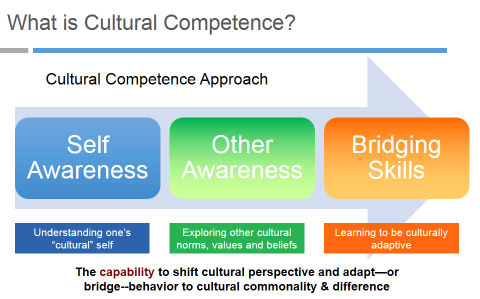Today started our first of three days doing our community health rotation. I had the pleasure of meeting a Lovisenberg nursing student and joining her community health rotation! Her and another nursing student are participating in home health. We walked to the nursing facility every morning to get report and their assignment, and then walked or biked to their patient’s apartments or homes. It is really neat how they can travel from home to home in close neighborhoods on foot! They each have smartphones from the facility that they carry on them in order to chart, review meds, and write notes in real time. They use these phones as well to go over the patient’s data with them in an easy-to-read manner. This directly aligns with the public health core competency 3A2: ” Communicates in writing and orally with linguistic and cultural proficiency (e.g., using age-appropriate materials, incorporating images)”. The students spent a lot of time talking to the patients about their care and reviewing their progress. The charts on the phone include graphs and scatter plots of their data. In addition, it tells them all the tasks the patients require and about how much time it will take. It is a great use of technology!
During lunch we started talking about the Sustainable Development Goal of gender equality. Similar to the US, Norway’s nursing population is primarily women. Men are encouraged to join the nursing workforce by receiving more “points” towards their application if they are male. The opposite is true with women in engineering- you get more points for being a female when applying to be an engineer. Despite the push for equality, women make less money than men. The Norwegian students explained that there is approximately 1 day per year that women “work for free” compared to men.
Though there is also a wage gap in Norway, they surpasses in terms of women in politics. There is currently a woman seated as prime minister (and she is the second woman!) There is also a push for increase women in parliament, and people are supporting policies that would mandate a requirement for certain number of women in the workplace.
This experience relates to my future as an advanced nurse practitioner in learning about the different home environments that newborns can be sent home to. There were definitely some safety issues in the home I saw to be addressed for newborn populations. I think that it is important to have home environments baby-proofed before infants are sent home. In houses in Norway, there were a lot of antique glass wear, old furniture, power cords, and vintage rugs. Even though I saw a lot of older patients today, it would be interesting to see what a home looks like young, new family.
It was a great first community clinical day! I really enjoyed being able to see the inside of Norwegian homes and how home health care works.
United Nations (n.d.). Goal 5: Achieve gender equality and empower all women and girls. Retrieved from https://www.un.org/sustainabledevelopment/cities/
The Council on Linkages between Academia and Public Health Practice (2014, June 26). Core competencies for public health professionals. Retrieved from http://www.phf.org/resourcestools/Documents/Core_Competencies_for_Public_Health_Professionals_2014June.pdf





